Perhaps one of the most overwhelming and confusing areas of gardening is knowing what amendments to use in your soil so that plants can get the nutrients they need. The first step to choosing the correct amendments is understanding the basics of soil.
You can read our soil article here.
All plants need Nitrogen, Phosphorus and Potassium, also known as N-P-K on purchased amendments. Plants also require several other minerals to prevent nutrient deficiency. Some plants are referred to as heavy feeders, meaning they need a lot of N-P-K to be healthy and productive. Examples are corn, squash, and citrus. Depending on what you are growing and what time of year it is, plants could require different amendments. The key however, is always to build healthy soils so that a range of nutrients is available to all plants when needed.
Why are Amendments Needed?
Planting in native desert soil has its advantages and disadvantages. Native soils are really rich in minerals, so you will not have to add any mineral-rich amendments, unless a soil test indicates otherwise. However, native soils are very alkaline and you may need to add amendments to adjust the pH, or help leach away salts. In addition, native soil has little to no organic matter and you therefore must add composts and mulches.
In containers, plants have access to a limited amount of soil and nutrition. Therefore, adding amendments is necessary to supplement nutrition. Compost teas and fish fertilizers are great to add occasionally, but they are only good for one watering. Having a slow release organic amendment is also necessary to continually feed the soil.
AMENDMENTS FOR EVERY SITUATION
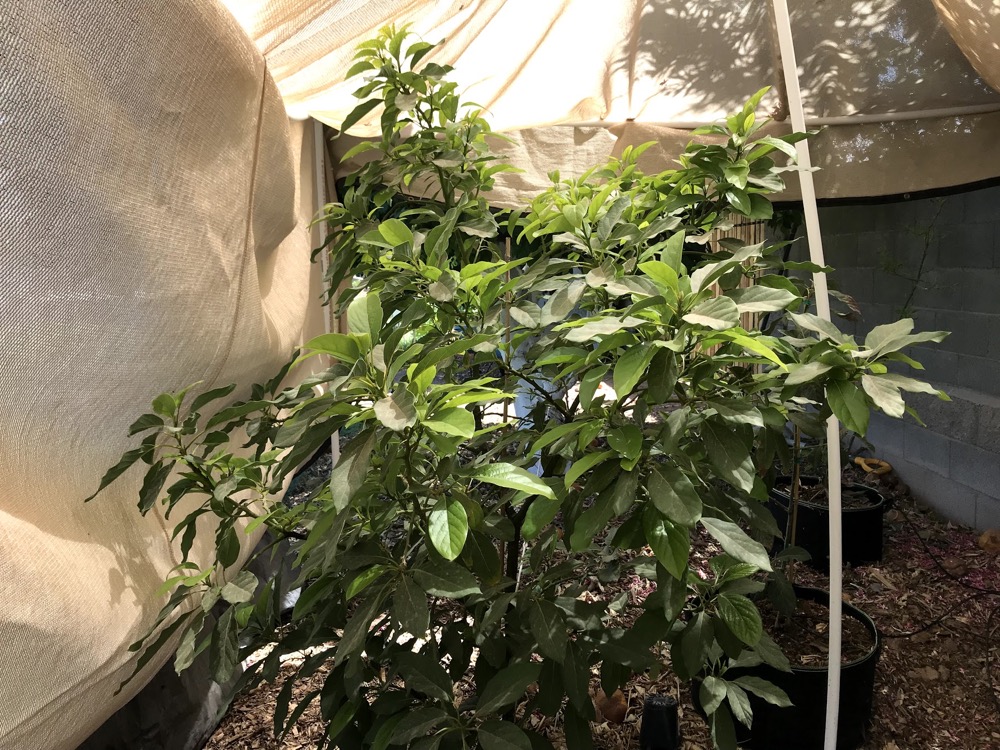
Fruit Trees
Fruit trees will require a lot of nourishment. If planted in the desert clay, they will have access to all the minerals needed. However, extreme heat or even cold will affect a plant’s chemistry, sometimes making it unable to take up iron. This shows itself in the form of chlorosis. It is very common in citrus trees and shows up as a light leaf with dark veining. Chlorosis is common in winter, but we also see it in summer when high temperatures cause compacted soils and salt build-up due to more frequent watering. Most add chelated iron to address this issue, but we feel that is a band-aid.
Instead, we prefer using humic Acid. It changes soil alkalinity, makes clay soils more porous and aerobic, and improves drainage. This allows for better uptake of nutrients including iron.
Our friend, Tony Sarah is a horticulturist and soil specialist and shared this information with us regarding humic acid:
Humic and fulvic acids are both the end result of biodegradation of once living organic matter. Generally this is referred to as humic substances.
The large difference between the two is that fulvic acid is yellow to yellow-brown in color and is soluble in water in all pH ranges and remain in solution after all of the humic acids have been removed.
Humic acid is that portion of humic substances that are only made soluble in alkaline conditions and is insoluble in acid environments.
Now that we have that out of the way, you may have difficulty finding fulvic acid since the state of California does not recognize a difference between the two, even though there obviously is a difference. As such, fulvic acids tend to be sold under different names, so check with the companies website as they will say what is what.
There are different sources of these from around the world and are most commonly referred to as Leonardite. These were formed in salt water from reeds and grasses during the carboniferous period. These tend to be more closely related to coal and slack lignite.
Others were formed in fresh water during the cretaceous period and may have better biostimulant action.
Both may aid in neutralizing both acid and alkaline soils while making iron, zinc and other trace nutrients available in alkaline soils. Some humic acid products have many of the trace nutrients added to them.
These acids are reported to have a high Cation Exchange Capacity, CEC.
Compost and mulch are appreciable amendments. We recommend adding both 3 times a year. Early spring (February), as trees are starting to put out new growth, May, just before the summer heat and, again in September or October. Worm castings are also a great addition. Organic amendments can be added regularly, except while some trees are dormant from November to January. In containers, amendments should be added once a month. Our favorite is Earth’s Original Organics .This is locally produced in Tuscon and is perfect for our desert climate. We also like Bio Fish, which has a high nitrogen and phosphorous rate (7-7-2). Additionally, neem meal is another slow-release nitrogen source that benefits plant health. Liquid seaweed, kelp meal or any potassium-rich organic amendment should also be added monthly, as potassium helps plants cope with extreme weather conditions, whether too hot or cold.
Not all trees have the same nutritional requirements and for successful growing it is important to know the needs of the particular tree you are planting. This especially applies to tropical trees, which generally require less nitrogen than most. Mangoes for example require more magnesium and less nitrogen.
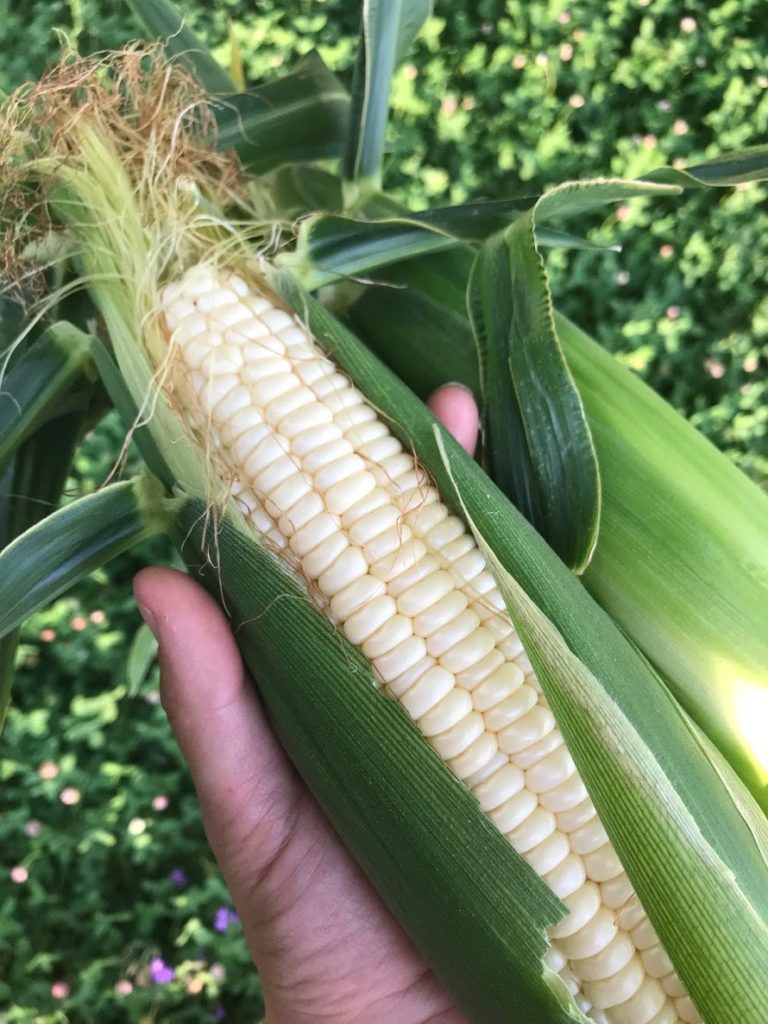
Vegetables
The best practice for adding amendments to vegetable beds or containers is to do it at the beginning of the planting season. Typically, we can plant 3 different seasons of crops: spring, monsoon, and fall. Compost and worm castings are always good additions. Liquid seaweed or kelp meal are good for all vegetables to help with strong root systems and resilience in different weather. Earth’s Original Organics, Neem meal and Bio fish also help productivity. The addition of bat guano not only adds phosphorus needed for flowering and fruiting, but also controls nematodes and makes plants more resilient to thrips. Depending on what kind of vegetables you are growing, you should adjust your amendments accordingly. Here’s a quick guide to help.
Green leafy vegetables
Earth’s Original Organics, Neem Meal, to supply slow release of nitrogen.
Brassicas
Earth’s Original Organics, Bio Fish, provides both nitrogen and phosphorous for these heavy feeders. Use Bio Fish for cauliflowers, broccoli, and brussels sprouts. Use neem meal for kales, cabbages, and arugula.
Root Vegetables
Root vegetables prefer not to have too much additional nitrogen. Seabird guano high in phosphorus is a must for tasty, big tubers. Always add before planting and supplement midseason. Garlic however, will require nitrogen and bio fish should also be used.
Beans and Peas
Contrary to popular belief, these do require some nitrogen. Most beans are poor nitrogen fixers. Those that are good nitrogen fixers are cowpeas, tepary beans, favas and lima’s. Neem meal will provide some slow-release nitrogen and has helped prevent thrips at Solitary Bee Gardens. Bat guano will provide phosphorus for prolific flowering and fruiting.
Squashes, Melons, Cucumbers
Earth’s Original Organics Magic Flower, Bio Fish, neem meal and bat guano are all good amendments for these heavy feeders.
Okra
Also a heavy feeder. Earth’s Original Organics, Bio Fish, and bat guano are beneficial additions.
Eggplants
Prone to attacks from whiteflies in fall and spider mites during the hot dry summer months, bat guano and neem meal help with these issues. Earth’s Original Organics or Bio Fish can also be used.
Peppers
Earth’s Original Organics Magic Flower or Bio Fish.
Tomatoes
Earth’s Original Organic’s Magic Flower, Bio Fish, Neem Meal and, bat guano can all be used for healthy plants and prolific fruiting. Tomatoes do not like changes in weather, use liquid seaweed to help cope with swings in temperature and late spring heat.
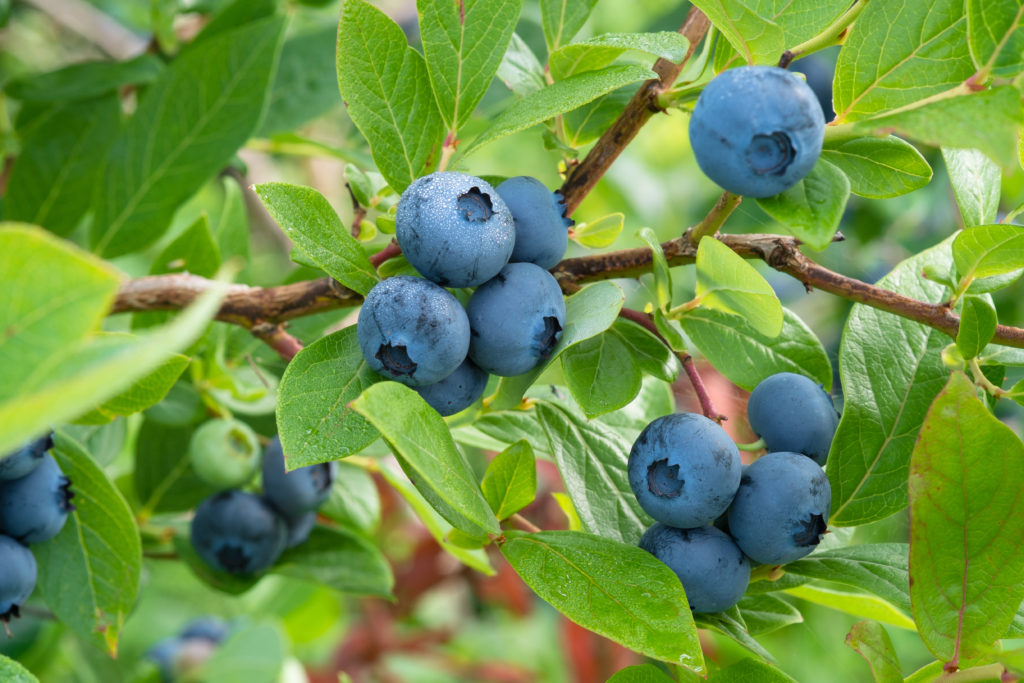
Acid-Loving Plants
For acid-loving plants like berries, and roses, cottonseed meal can be added to amend pH and provide nitrogen to soils. The use of citric acid works for quick pH changes especially for large citrus trees. Sulfur works for more of a slow release application.
A QUICK LOOK AT OUR FAVORITE AMENDMENTS
Compost: This is one of the best all-round amendments you can add to your soil. We like to add compost before planting our crops for a new season. Typically, this is early spring and fall. We pull back the mulch and add a layer of compost. Even a very thin 1/3 inch layer will benefit the garden greatly. Homemade compost is best, but a good quality purchased compost is also fine. For very large areas, compost teas are cost effective and still add excellent fertility to soils.
From the Kitchen: Kitchen scraps are wonderful free amendments that can be added any time of the year to any plant in the garden. They encourage soil life and add to the richness of your garden beds. We add all vegetable peelings (be careful with potato and sweet potato if you do not want them growing everywhere), ground-up eggshells, coffee grounds and filters, banana peels and any vegetative waste from cleaning vegetables and fruit. Leftover tea, wine, beer, kombucha/scoby, milk, and kefir grains are other additions. Molasses is often used in compost teas, and even old spices can be tossed into the garden.
Green Manures: Green manures seem to be under-utilized by desert gardeners. However, it is an excellent way of adding fertility to new soils, or even to boost older garden beds and tree wells. If you prefer not to garden h in the summer, a cover crop of cowpeas/black-eyed beans makes an excellent green manure. Before they start setting pod, chop and drop, and cover with mulch.
Matt Powers, Permacuture Educator and author of several books does a blend of daikon, orange giant amaranth, mennonite sorghum, buckwheat, and cowpeas. He calls it the five cousins and it is his recipe for making soil and healing the land. He states that the cowpeas add nitrogen and biomass. Buckwheat accelerates cowpea nitrogen fixation and growth, and adds trace minerals and nutrients. In addition, it can access inaccessible pools of phosphorus in the soil. Daikon radish acts as a biological tiller and deep composter. Sorghum for C4 grass (warm climate grasses) function as biomass. Amaranth for bird and pollinator food and after a certain stage of leaf growth, they too, act as a C4 grass.
Winter green manures to consider are Austrian Peas, fava beans, clovers, vetches and daikon.
Worm Castings: If you do not have soils that is already teaming with worms, worm castings will benefit every plant and improve soil structure.
Neem Meal: Our favorite go to for plant health. Neem meal benefits the earthworms, keeps plants healthy and adds a slow release of nitrogen.
Bio Fish: This is another favorite go to for the addition of organic nitrogen and phosphorous.
Mycorrhizal Fungi: Mycorrhizal fungi (in the form of granules or liquid) help almost all plants. They work by forming a symbiotic relationship with plant roots, expanding the plant root system, and enabling access to more nutrition and minerals. They also assist in making plants more drought tolerant. Brassicas however, form no relationship at all with mycorrhiza.
Bat Guano: Herbivorous bats produce a guano high in phosphorus, while carnivorous bats produce guano high in nitrogen. We use bat guano as our source of organic phosphorus in our gardens. It also helps to control nematodes and keeps plants healthy.
Langbeinite: This is a great amendment to have on hand for plants that need an extra boost of magnesium. It is beneficial to roses, container grown trees, citrus trees, eggplants, peppers and tomatoes. Also consider adding some to planting holes for tomatoes.
Liquid Seaweed or Kelp Meal: The addition of an organic potassium source throughout the season helps establish stronger root systems and hardier plants. In addition, seaweed contains so many micronutrients, minerals, amino acids and vitamins that benefit plants. Plants are less stressed and better able to cope with extreme heat. In the case of tropicals, there is more resiliency to colder temperatures. It helps deter pests and diseases and promotes vigorous growth in plants.
Ag-Mino: Ag-mino is a wonderful supplement for quick nitrogen source. It can burn plant roots though, so care should be taken to use as directed on the packaging. It works well as a nitrogen addition to new soils or when plants are showing signs of a lack of nitrogen.

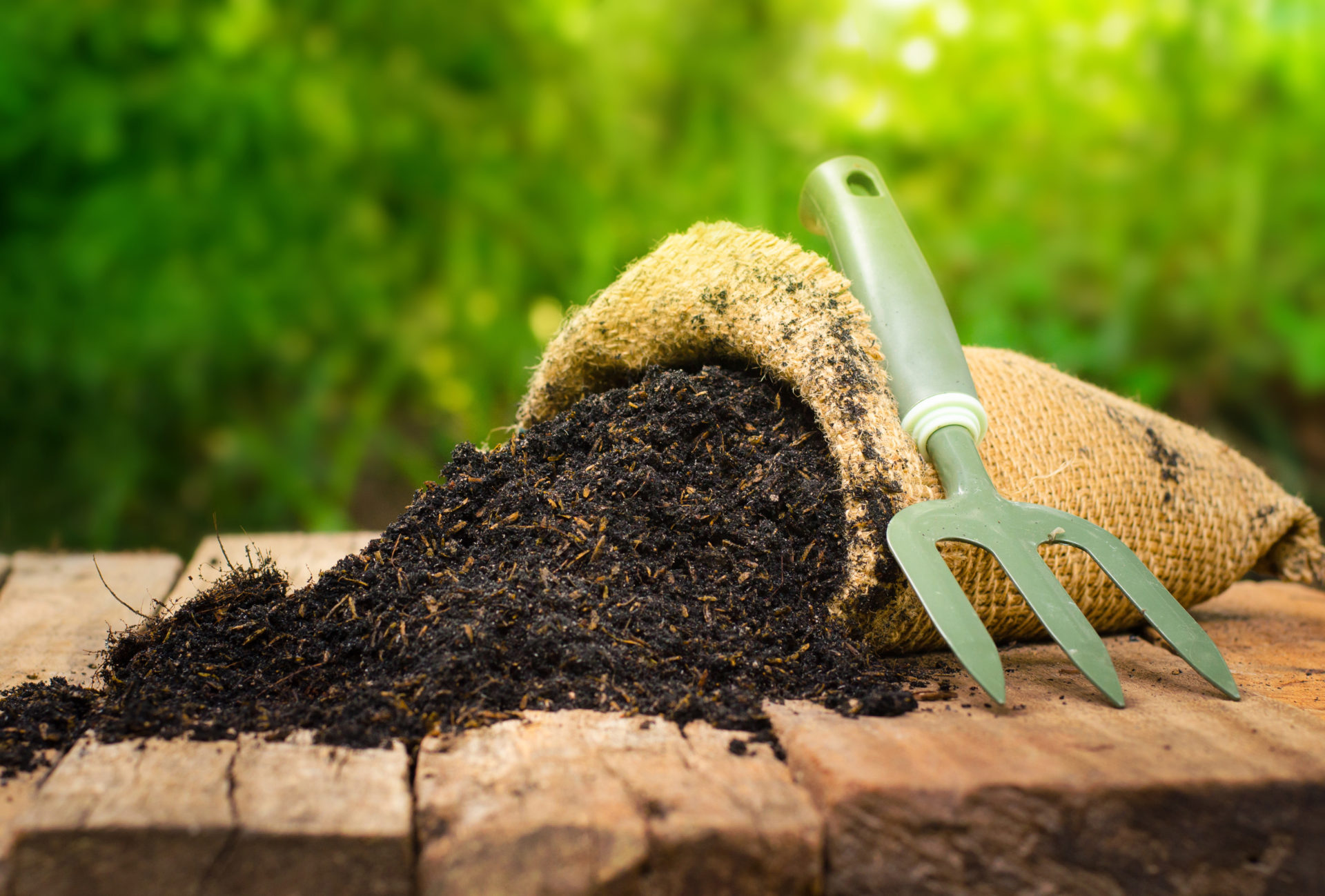
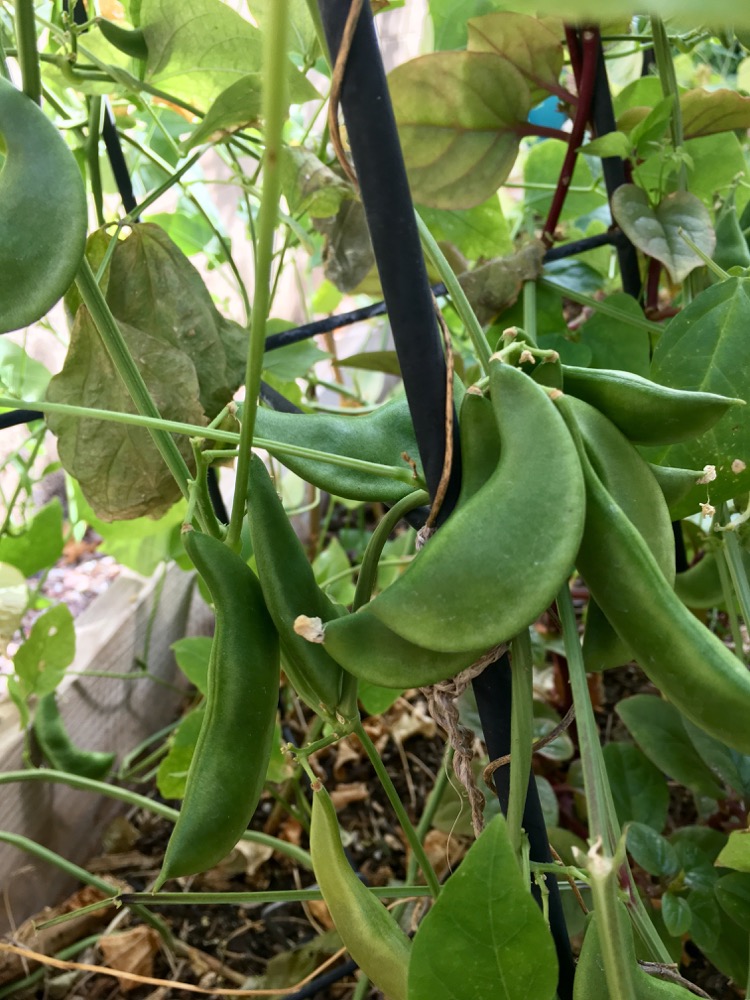
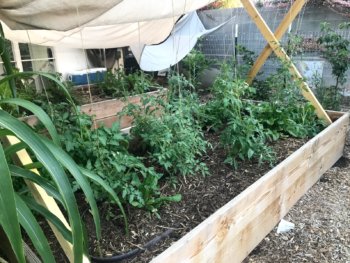
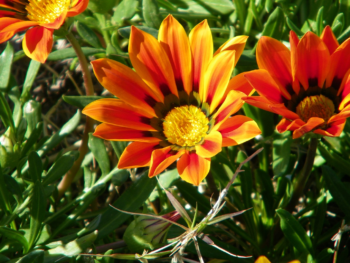
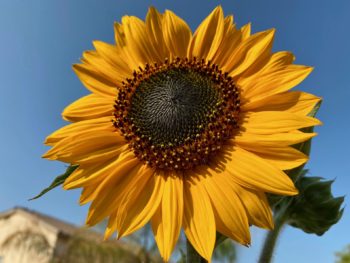
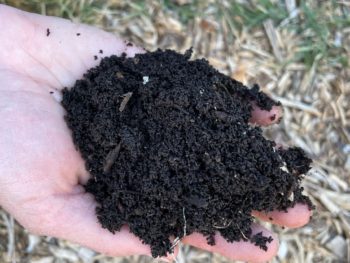
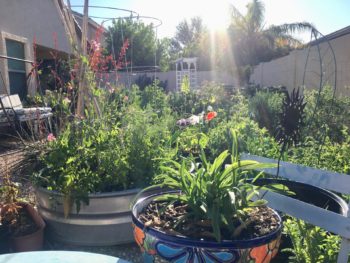

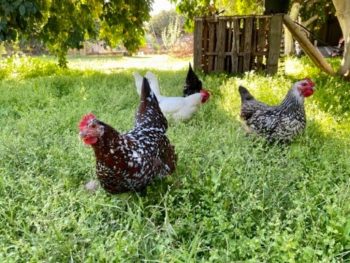
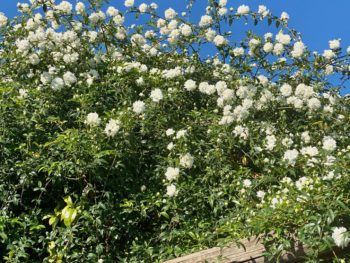
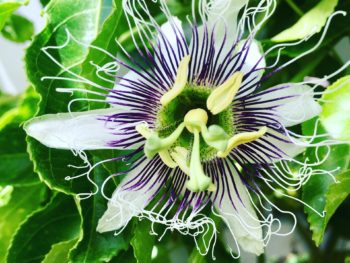
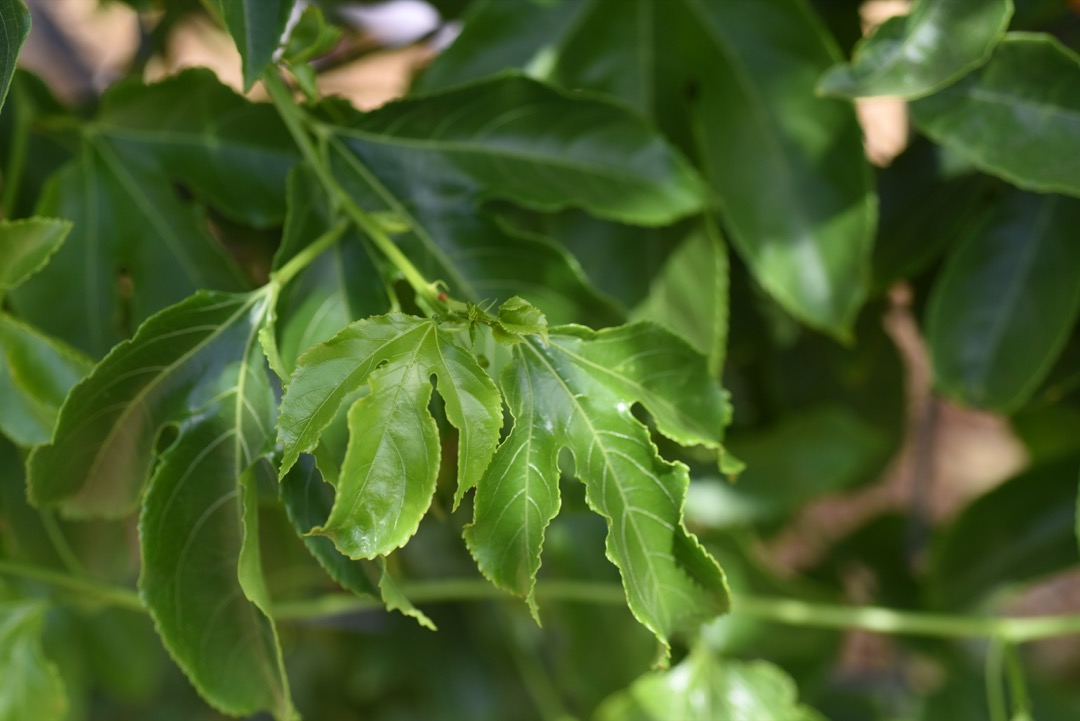 One Quick Tip to Keep Your Summer Garden Thriving
One Quick Tip to Keep Your Summer Garden Thriving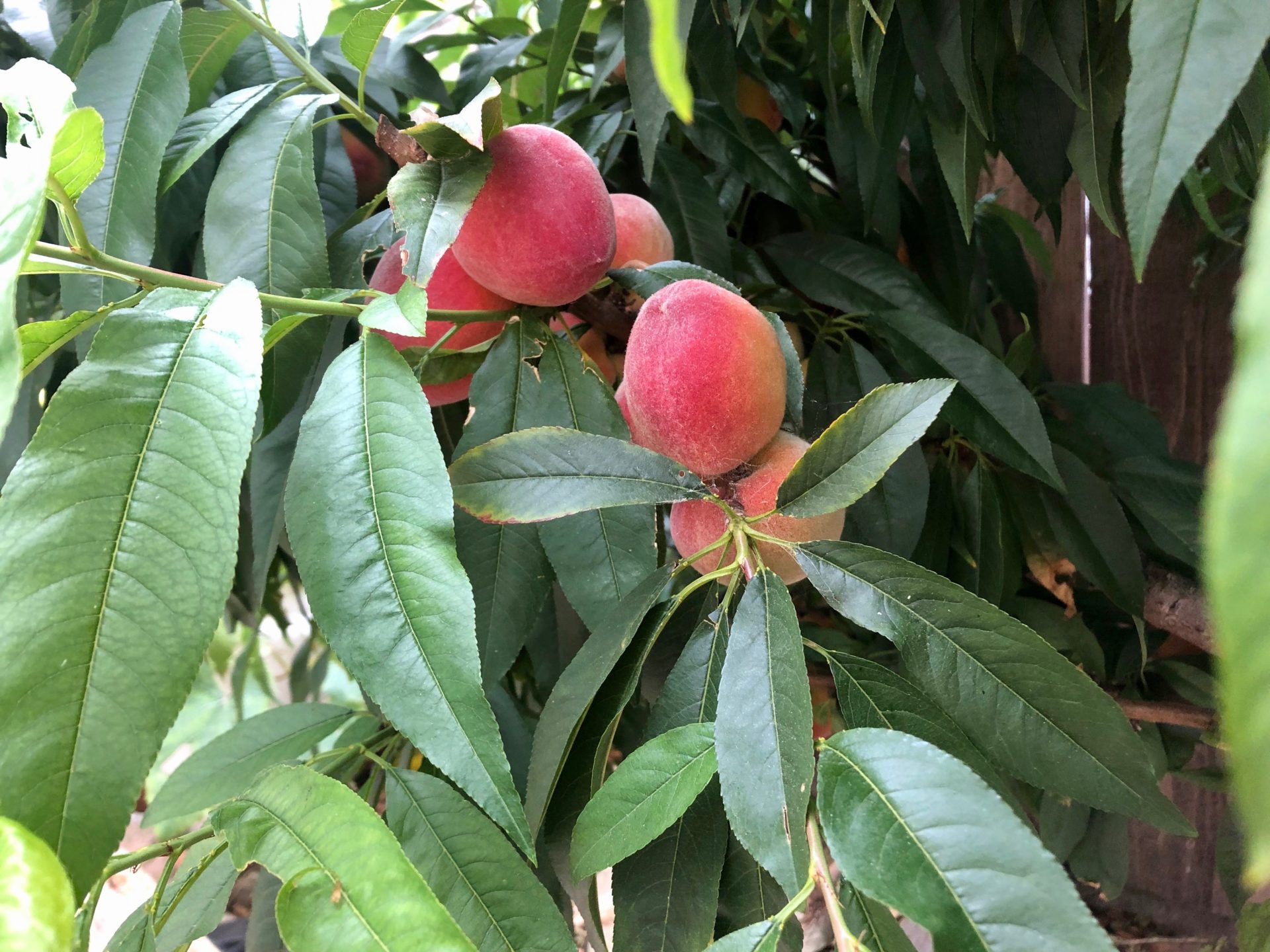
Thank you For the information on amendments. I will order some next moth as I prepare my gardens for Fall plantings.
Thank you Gary, we appreciate your support!
What about chicken poop? I got some from Tru Value
Hi Vicki
Coop poop is a good product too. it is, however, a high nitrogen product and can burn plants if not used correctly. This time of year, I do not like to use anything high nitrogen because a lot of trees go into a type of summer dormancy. It is a great product for high nitrogen feeders like bananas and citrus. I would also use it a few weeks before planting out seasonal vegetable beds